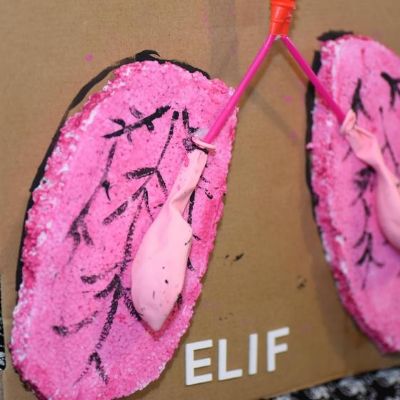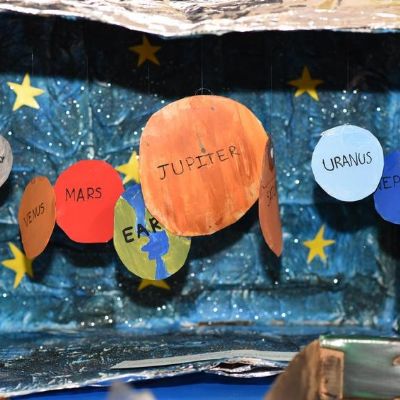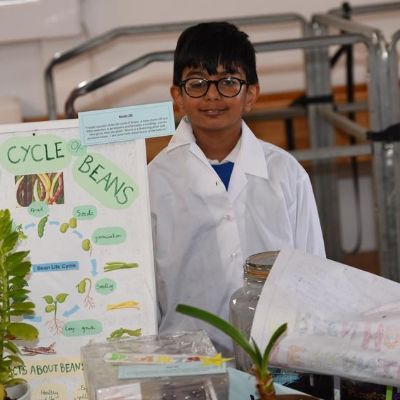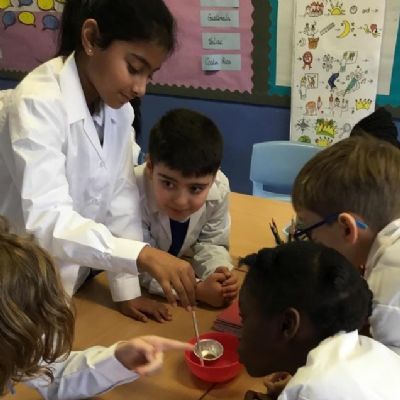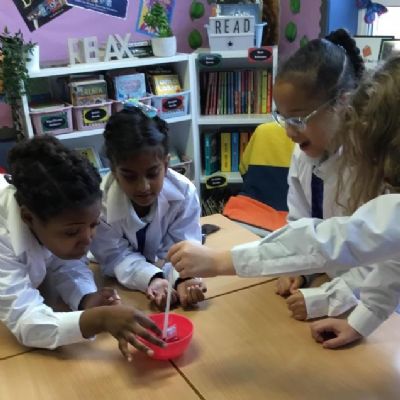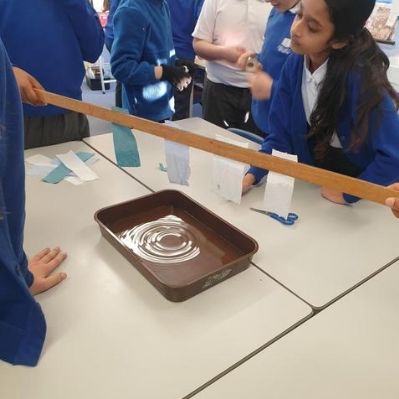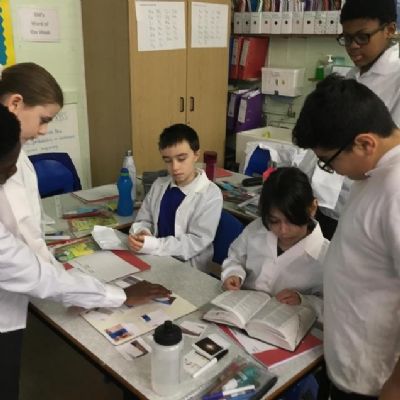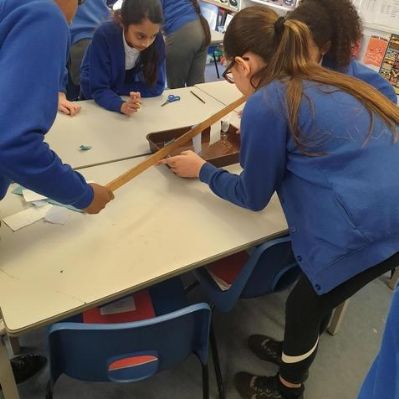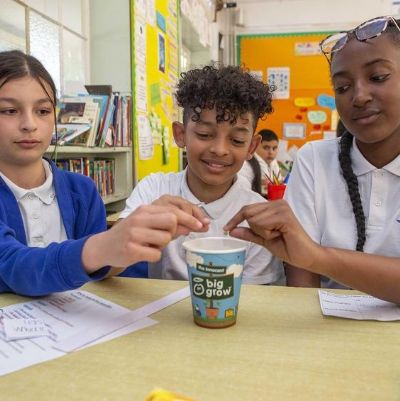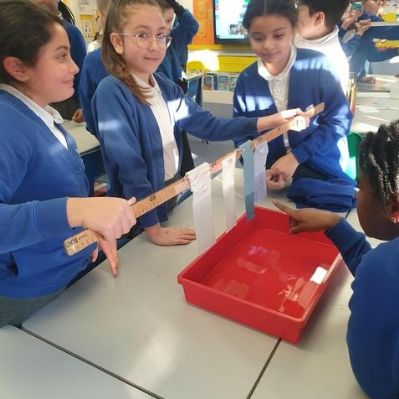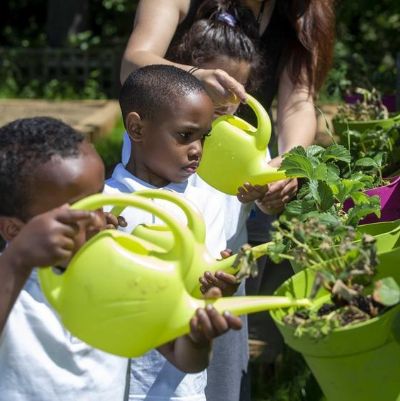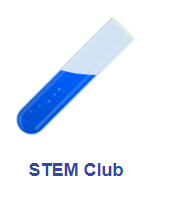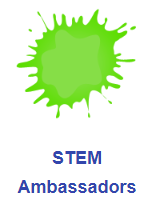Science
At Galliard, we want to build on our children’s knowledge and understanding of the world they live in. We want to enthuse their natural awe and wonder and encourage their natural curiosity so that, by the time they leave us, they are ready to take on the secondary science curriculum with confidence and success.
We follow the National Curriculum for the teaching of science and children learn through focusing on the key scientific concepts of:
- Developing their scientific knowledge
- Using skills to work scientifically
- Scientific enquiry
We have also built into our science curriculum, a responsibility to build ‘science capital’ for our children, providing experiences and learning opportunities beyond the confines of the National Curriculum and the classroom which they otherwise would not have. This includes introducing them to scientists from different times and cultures, meeting scientists in action, developing our outdoor environment and organising trips within their local area and beyond.
As the children move through the school, from Early Years to Year 6, their scientific knowledge and skills will deepen as they encounter them in more depth. Revisiting and making links to past learning is important so that children can increase their knowledge and skills in science and develop a broader understanding of the subject.
Vocabulary enrichment runs through our whole curriculum and science provides an excellent opportunity to develop vocabulary that can be used in many other subject areas. We are also looking to work closely with STEM AMBASSADORS this year. Through accessing webinars and in-school visits our children have the opportunity to meet experts in the fields related to what they are studying in the classroom. We want to generate an enthusiasm for the science and for children to begin to recognise the importance of STEM subjects in life and in careers that they may be interested in pursuing in the future.
Year 4 were studying Animals including humans and took part in a webinar with a doctor and a vet. Here are some of the questions they were able to ask the experts.
- How are animal’s teeth different to each other depending on what they eat?
- What parts are in the digestive system of a human and what do they do?
- Why are human teeth different shapes?
Click here for our science progression map for working scientifically
Click here for our science progression in knowledge
Click here for our year group overviews which show the key learning at each stage in science.
Click here for the Trust’s science intent
Click here for our progression in vocabulary
Click here for the Scientific Enquiry and WS skills overview - Galliard.docx
Click here for the Early Years curriculum map
Royal Institution Visit Brings Science to Life at Galliard
On Wednesday 18th July, Galliard was thrilled to welcome a special visitor from the Royal Institution. Our presenter, Ted, delivered a full day of engaging science experiences that left children, staff, and families buzzing with curiosity and excitement.
The day began with an "Energy Live" show for the children, who were captivated by a series of fascinating experiments and demonstrations. As they watched objects fly, balloons spin, and even controlled explosions, they learned all about different types of energy – including kinetic, thermal, nuclear, and chemical – in a way that was both educational and highly entertaining.
After school, staff took part in a CPD session, where Ted shared strategies for encouraging children to ask scientific questions and be curious about the world around them—an important part of fostering scientific thinking and enquiry in the classroom.
In the evening, families were invited to attend a Community Science Show, where children and adults came together to enjoy a lively, interactive, and educational session. It was a fantastic opportunity for our school community to experience the wonder of science together.
We’d like to say a huge thank you to all the families who came along, and an extra special thank you to Ted from the Royal Institution, who truly brought science to life for our whole school community.
Here’s what some of our pupils had to say:
-
"I really liked it and I never knew bananas are radioactive!" – Sidal, 5B
-
"I didn’t know everything is made of atoms – even socks! I thought it was just natural things." – Amelie, 5B
-
"I learnt that kinetic energy is different to thermal energy! You can transfer thermal energy into kinetic energy and make things explode!" – Khalid, 5B
-
“It was very interesting because he was explaining scientific words – for example, chemical, nuclear, thermal, radioactive, gravitational, kinetic, and energy.” – Solin, 3G
-
“My favourite part was when the balloon had the propeller on top and it was flying around.” – Jessica, 3C
-
"I liked it when he made the explosion and the bottle shot across the room." – Kartar, 2MC
-
"I liked when he made the huge bubble with his hands." – Maya, 2MC
-
"When we rubbed our hands together very fast, they became warm." – 2MC
-
"Warm energy is thermal energy." – Ali, 2MC
-
"I love science because you can explore everything about the world. I learnt that bananas contain potassium!" – Immanuel, 2MC
-
"If the kettle was boiling and it didn't have a hole for the steam to come out, the cap would fly off." – Leo, 2MC
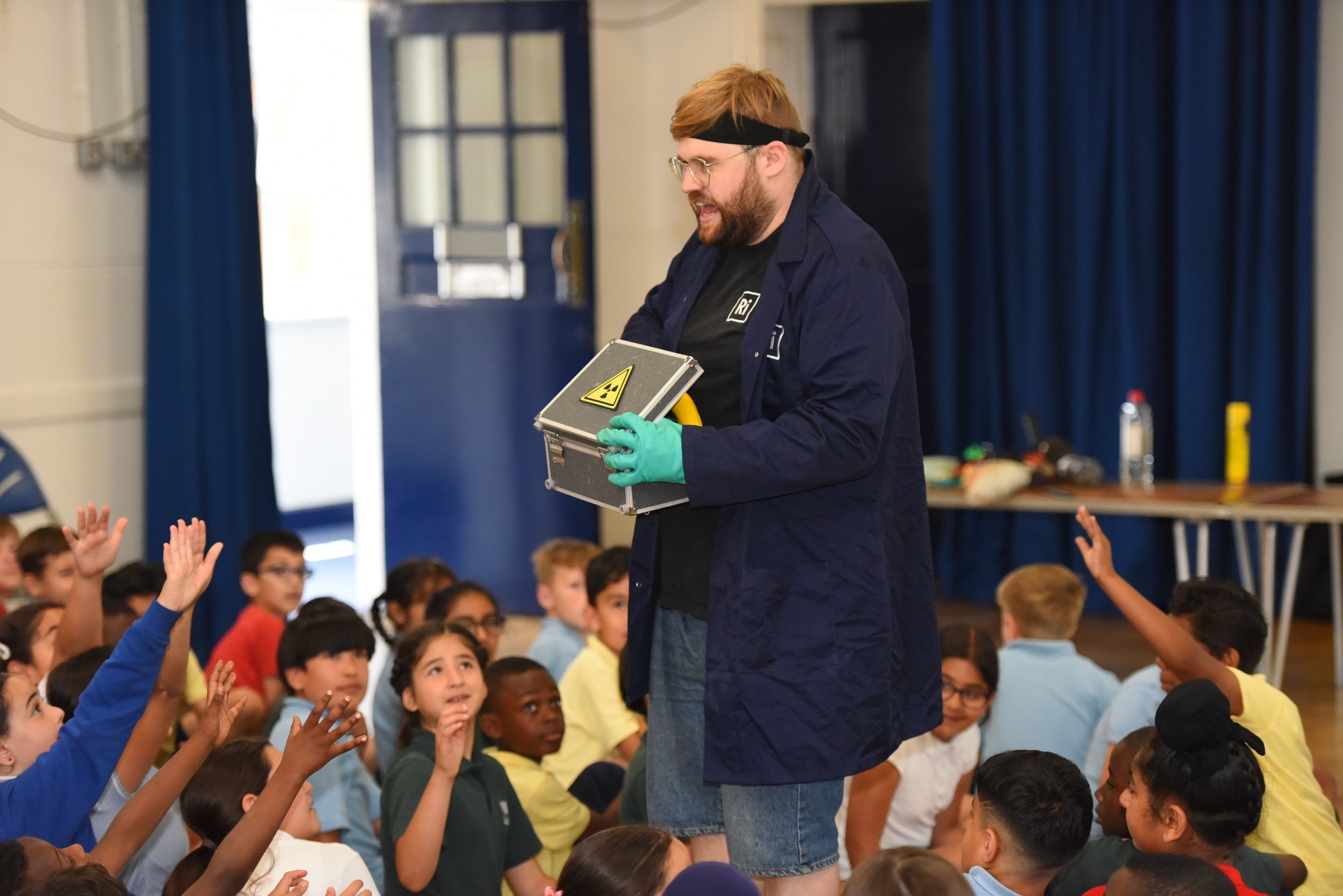
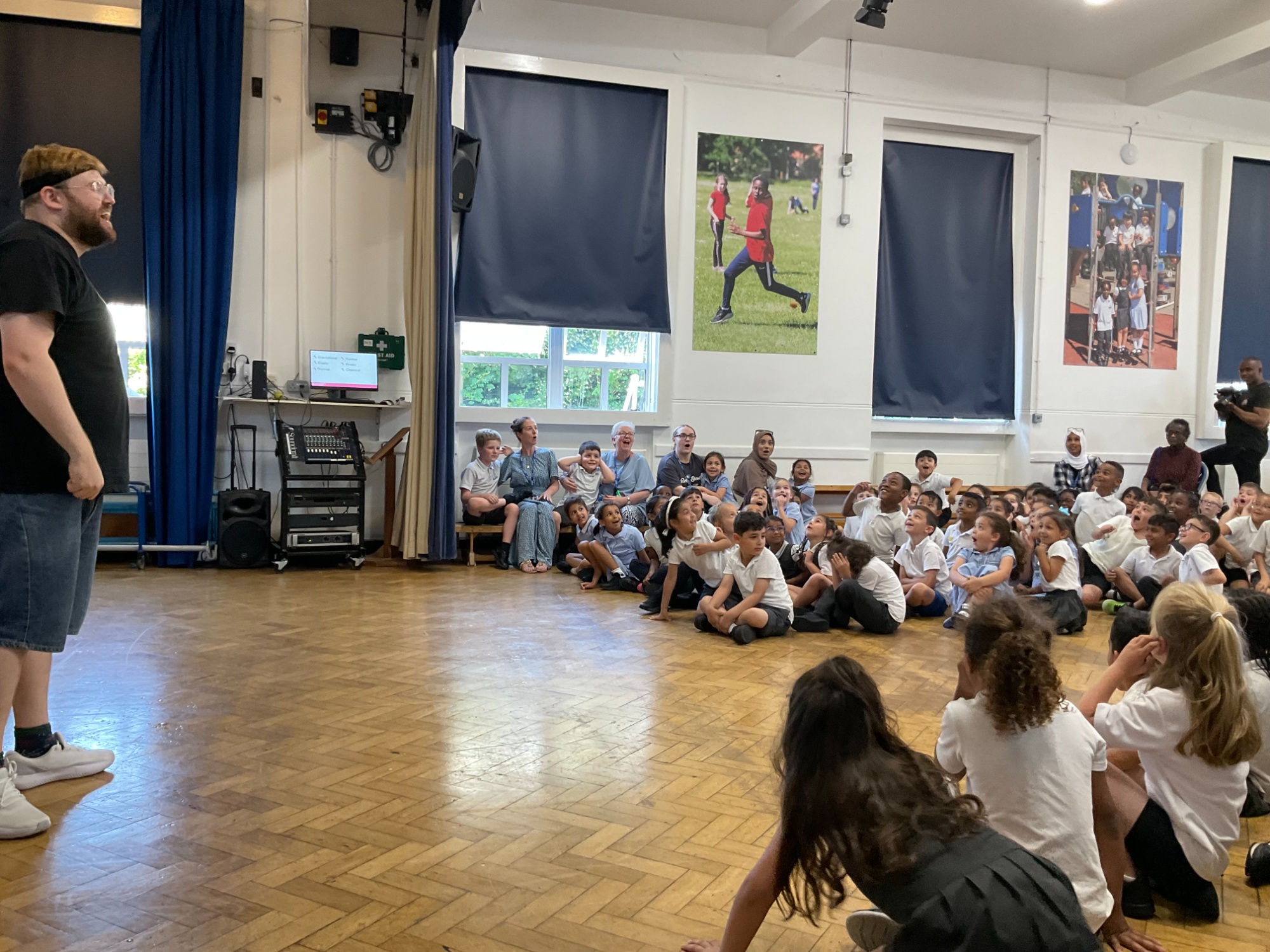
SAMHE monitor
Did you know that 10, 000 litres of air passes through each person's body every day?!
Our school is taking part in an exciting new project which involves scientists across the UK where we are monitoring the quality of our air. We are using a SAMHE monitor (which stands for Schools' Air Quality Monitoring for Health and Education) to monitor the quality of air in our classrooms. The monitor measures the following:
-
The level of carbon dioxide in the room (the gas we breathe out)
-
The levels of particulate matter (dust, pollen, smoke and liquid droplets)
-
The levels of total volatile organic compounds (smells e.g. scents of perfumes, when you peel an orange etc)
-
Temperature
-
Relative humidity (the amount of water vapour present in the air compared to the temperature of the air)
We can use this data to decide how best to ventilate our classrooms.
Year 6 have been using the monitor to investigate the effects of exercise on our bodies by measuring the levels of carbon dioxide in the room before and after carrying out exercise.
Year 6 also peeled an orange in the room - can you guess when?

Watch this clip for more information:
This Device Measures Air Quality in Classrooms | Newsround (youtube.com)
|
This Device Measures Air Quality in Classrooms | Newsround #Newsround #pollution #experiment #ukschools #environment #airquality Welcome to the official BBC Newsround YouTube channel. Subscribe here ️ ️ ️ https://bit.ly/3bYidJ3 For daily news bulletins visit BBC iPlayer ️ https://www.bbc.co.uk/iplayer/episodes/b006mdbc/newsround Pupils take part in clean air experiment. Ricky has been finding ... www.youtube.com |
STEM Club and Ambassadors
Click the images below to find out more about STEM Club and the STEM Ambassadors:

